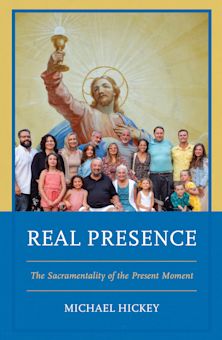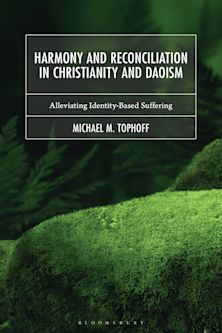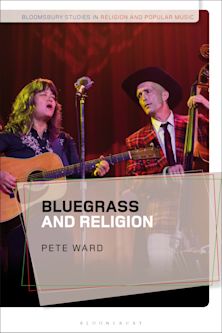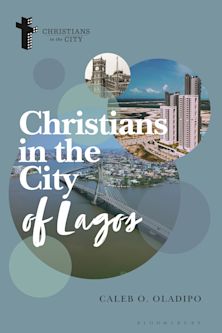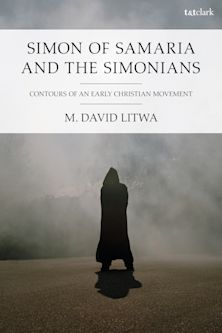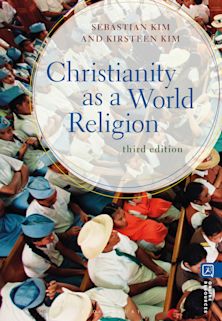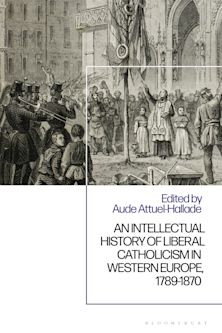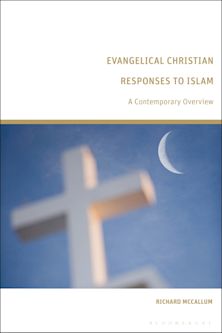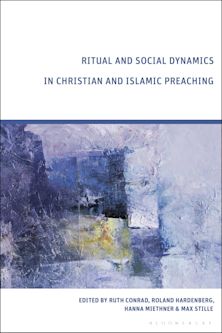- Home
- ACADEMIC
- Religious Studies
- Christianity
- The Rhetoric of Pope Francis
The Rhetoric of Pope Francis
Critical Mercy and Conversion for the Twenty-First Century
The Rhetoric of Pope Francis
Critical Mercy and Conversion for the Twenty-First Century
You must sign in to add this item to your wishlist. Please sign in or create an account
Description
What is it about the rhetoric of one the most influential and powerful religious leaders in the world and in history—Pope Francis—that is so engaging and yet so challenging to the Church writ large, the American Congress, the news media, and the world? The Rhetoric of Pope Francis: Critical Mercy and Conversion for the Twenty-first Century provides extensive insight into this question through a close, in-depth rhetorical analysis of Pope Francis’s visual, spatial, tactile, written, and oral discourse. This analysis reveals how the interrelated topoi of illness, space, mercy, and conversion converge to articulate Francis’s vision for the Church. Under Francis, the Catholic Church’s virtue of mercy gets renewed and redeployed to papal, pastoral, and political sites for the purpose of conversion. Each chapter identifies several of Francis’s dominant rhetorical strategies. These “pope tropes” take the form of existing and widely held Catholic beliefs that, while stable, still invite interpretation, disputation, and open dialogue. Studying Francis’s various discourses provides us with an exemplary paradigm from which we can learn much about faith, humility, love, and papal rhetoric’s transformative capacity to help us live more compassionate lives.
Table of Contents
Introduction: A Sick Church, Space, the Medicine of Mercy, and Conversion
Part 1: Seeing the Holy See Differently Through Papal and Pastoral Conversions: Photographic Applications
Chapter 1: Perspective by Papal Humility: Hierarchal Psychosis and Pope Francis’s
Semiotic-Ethotic Conversion
Chapter 2: “Outward Signs”: The Visual-Spatial Rhetoric of Pastoral Conversion, Religious Mimesis, and its Transgressions
Part 2: Rhetorical Works of Mercy Through Political and Spatial Conversions: American Applications
Chapter 3: Francis Before the Pharisees: Interventional/Intercessional Rhetoric, ‘Representative’ Anecdotes/Antidotes, and the Call for Political Conversion
Chapter 4: “Welcome the Stranger”: The Spatial Conversion of “Birthplace,” Religious Freedom, Immigration, and the Lec“turn” of Inter-contextual Synecdoche
Epilogue: The “Francis Affect”
References
About the Author
Product details
| Published | 17 Oct 2018 |
|---|---|
| Format | Ebook (Epub & Mobi) |
| Edition | 1st |
| Extent | 182 |
| ISBN | 9781498572378 |
| Imprint | Lexington Books |
| Illustrations | 7 b/w photos; |
| Publisher | Bloomsbury Publishing |
About the contributors
Reviews
-
This is a tour de force for understanding papal rhetoric in general, and the discourse of Pope Francis in particular. It offers a nuanced account of Francis’ rhetorical techniques when addressing the Church, media, Americans, etc. As such, Oldenburg should be commended for undertaking this monumental, unique, and timely treatise.
Joseph P. Zompetti, Illinois State University
-
The Rhetoric of Pope Francis: Critical Mercy and Conversion for the Twenty-First Century is a must have for scholars interested in religious communication and papal rhetoric. It brings to light many of the rhetorical changes Pope Francis has brought to the Catholic Church, while also highlighting the practical implications of these changes on a church devoted in word and deed to mercy. This treatment of a Pope who has made such an impact on the Catholic Church demonstrates why Pope Francis should garner the attention of rhetoricians and communication scholars in much the same way his predecessor, Pope John Paul II, did.
Joseph M. Valenzano III, University of Dayton
-
Christopher J. Oldenburg deftly demonstrates the linguistic cunning and competence of the first pope selected for the new century. This book functions in part as apologia on behalf of an unconventional pope and in part as critical analysis of an institution in need of substantial reform. The book reads as a provocative appraisal in which Oldenburg honors the grand narrative of Christian thought while investigating the rhetorical practices of one of the most formidable global orators of our time.
Daniel S. Brown Jr., Grove City College
-
Since his election in 2013, Pope Francis has proved himself a master rhetorician of both word and deed, image and gesture. Through careful and informed analysis, Christopher J. Oldenburg explains the rhetorical power behind Francis’s reinvention of the papacy. This book will likely become the standard starting place for future study of Francis’s persuasive style.
Paul Lynch
-
Oldenburg offers a rhetorical analysis grounded in a sacramental semiotics of mercy, exploring how Pope Francis makes God’s grace visible in the world through material signs of space, nonverbal actions, and physical artifacts. Both scholarly and accessible, this study makes a refreshingly constructive contribution to religious communication scholarship in the Catholic intellectual tradition.
Janie Fritz, Duquesne University

ONLINE RESOURCES
Bloomsbury Collections
This book is available on Bloomsbury Collections where your library has access.



















